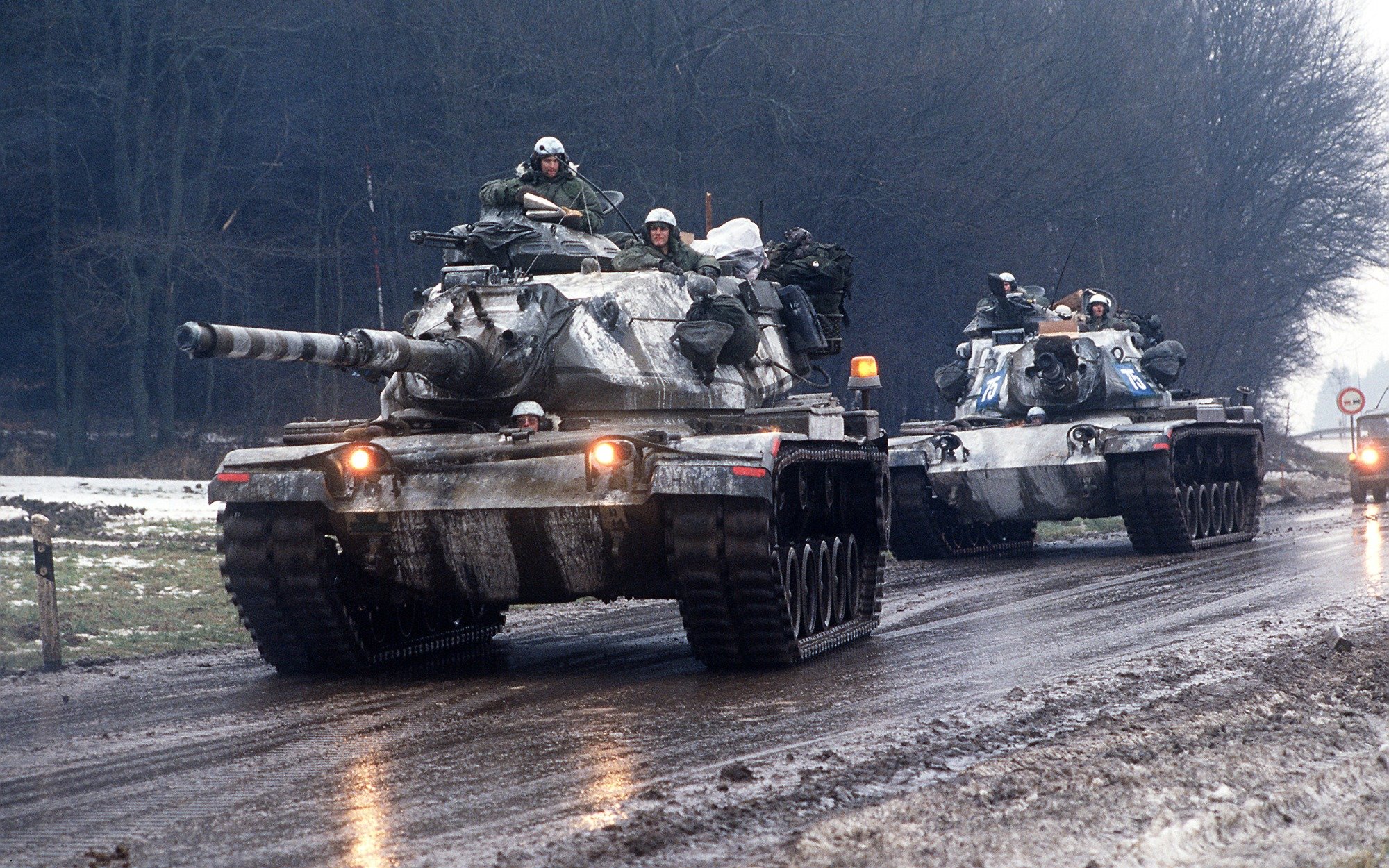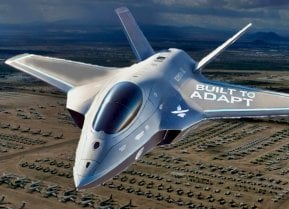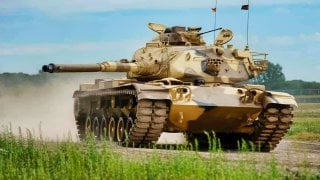M60: The Old Army Tank That Looks Just Unstoppable
The M60 Patton main battle tank, a Cold War icon known for its longevity and adaptability, continues to prove its worth decades after its introduction.
Summary and What You Need to Know About This Legendary Tank: The M60 Patton main battle tank, a Cold War icon known for its longevity and adaptability, continues to prove its worth decades after its introduction. Initially developed to counter Soviet advancements during the Korean War, the M60 evolved from the earlier M47 and M48 models, incorporating significant upgrades like a powerful 105mm main gun and improved fire control systems.
-In March of last year, the U.S. announced a $400 million military aid package for Ukraine that includes M60 Armored Vehicle Launched Bridges (AVLBs).
-These unarmed versions of the M60 can quickly deploy bridges over obstacles, enhancing the mobility of Ukrainian forces and bolstering their defense efforts.
From Cold War Icon to Ukraine Aid: The M60 Patton’s Ongoing Legacy
Like the M1 Abrams main battle tank (MBT) and the Apache family of helicopters, the U.S.-made M60 tank proved that upgrades over time can keep a weapon system viable for decades.
The M1 Abrams MBT may be more widely recognized today, but back during the Cold War the M60 Patton armored vehicle served longer and fought honorably on more battlefields than its successor.
In fact, the M-60 is certainly deserving of the title of one of the most successful battle tanks ever produced across the globe.
The First Patton
In the early 1950s, the U.S. began to see just how badly its tanks lagged behind the Soviet Union during the Korean War. To rectify this issue, U.S. manufacturers hurriedly designed and produced a new armored vehicle – the M47 Patton.
The new MBT entered its production phase in 1951. This turnaround would have been considered a feat if the resulting M47s hadn’t suffered several technical issues that prevented it from performing well.
One year later, the M-48 variant entered service but was considered unsatisfactory by the Army. Improvements to the M-48 variant included the incorporation of the 90mm main gun and fire control systems. By the late 1950s, rumors began to circulate that the Soviets were developing an advanced tank capable of carrying a high-velocity rifled gun.
To keep up with its adversary’s new T-54/T-55 medium tanks, the U.S. began work on its own XM60 prototype.
The M60’s Specs
Although the M60 was derived from the M48 Patton, the latter MBT series was only considered a “product-improved descendant” by the Army. The new tank design featured diesel engines and a powerful main gun, elements taken from the Army Combat Vehicle Committee’s enhancements to the M48 MBT.

Initially, the M60 Patton also sported the same general turret shape as its predecessor.
The M48’s spacious layout enabled the M60 to incorporate many improvements and upgrades over the years, which undoubtedly helped extend the tank’s service life. The Patton was powered by a Continental V-12 559.7KW air-cooled, twin-turbocharged diesel engine, another element taken from its M48 predecessor.
Four crew members drove the MBT at a maximum speed of around 30mph and a range of just over 300 miles. The Patton was notably the last tank to possess an escape hatch under the hull.
The Patton is Headed to Ukraine
In March of 2023, the U.S. announced a $400 million military aid package for Ukraine. The Drive first confirmed that M60 Pattons would be included in the upcoming shipment.
These MBTs, however, will be the unarmed versions of the M60. As Armored Vehicle Launched Bridges (AVBLS), these Pattons are designed to unfold bridges over narrow terrain and water obstacles in just three minutes.
As explained by Popular Mechanics, "The bridge-launching vehicle then detaches so that accompanying armored vehicles can roll across, likely somewhere the enemy doesn’t want or expect them to be. When the fording is complete, the AVLB can pack up its bridge on the other side (which may take 10 minutes) and rejoins the column.”
This capability will serve Ukraine’s defense efforts well.
About the Author: Maya Carlin
Maya Carlin is an analyst with the Center for Security Policy and a former Anna Sobol Levy Fellow at IDC Herzliya in Israel. She has by-lines in many publications, including The National Interest, Jerusalem Post, and Times of Israel. You can follow her on Twitter: @MayaCarlin.
Image Credit: Creative Commons.


